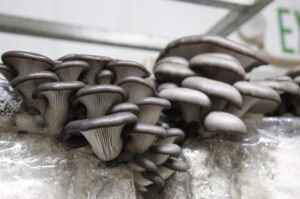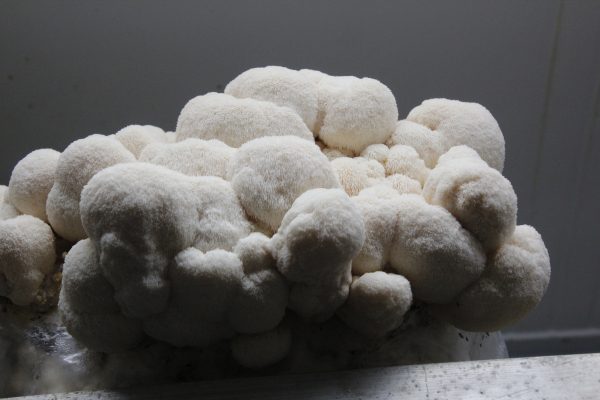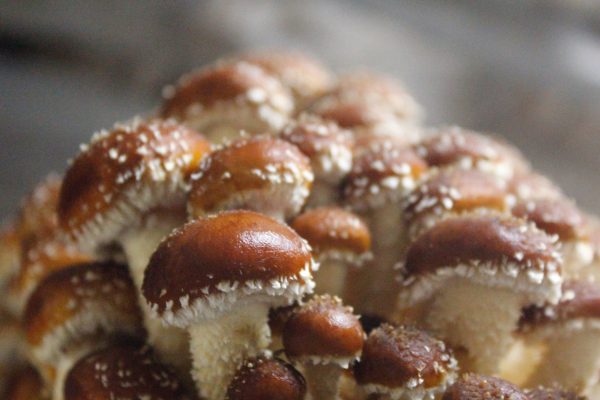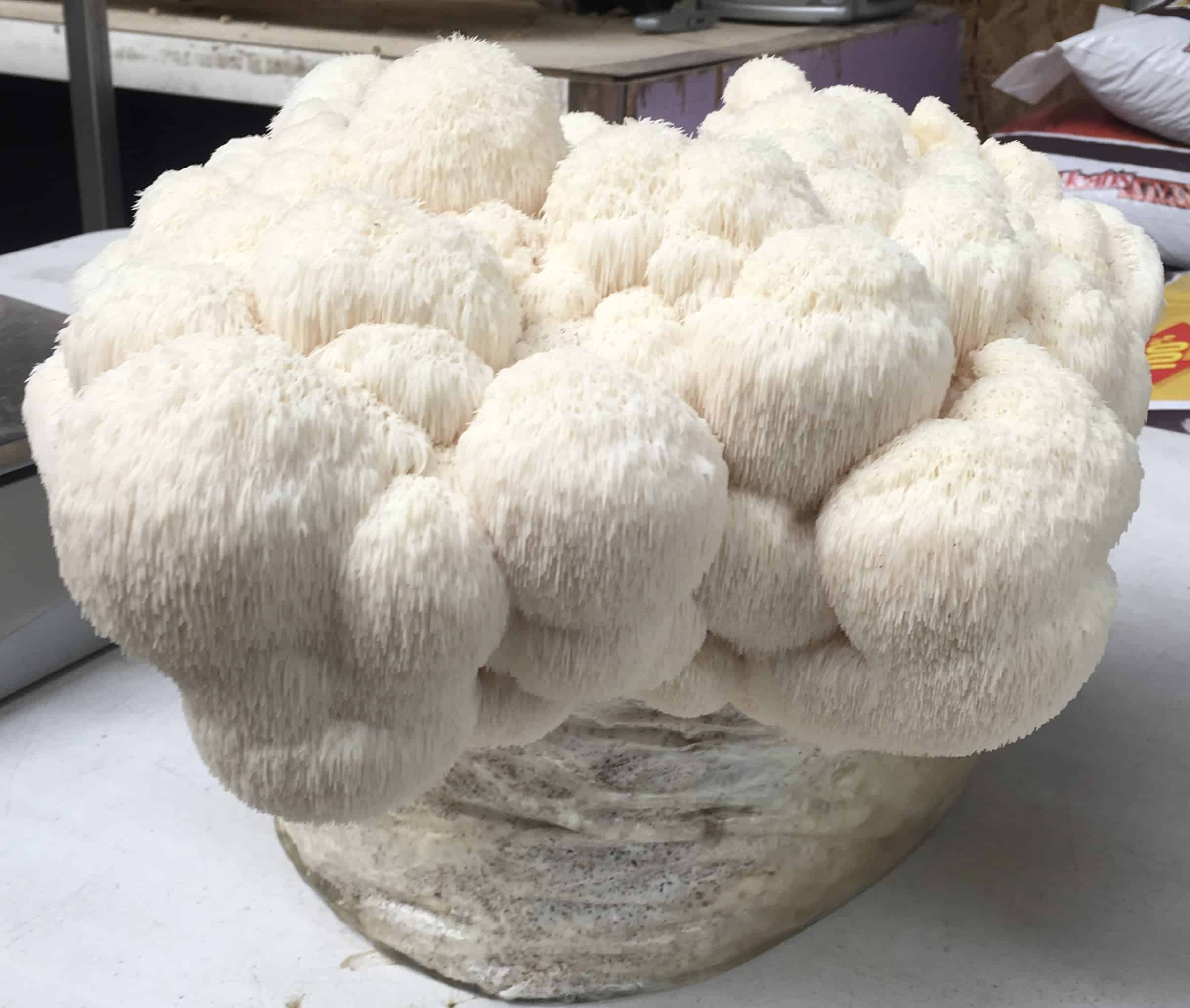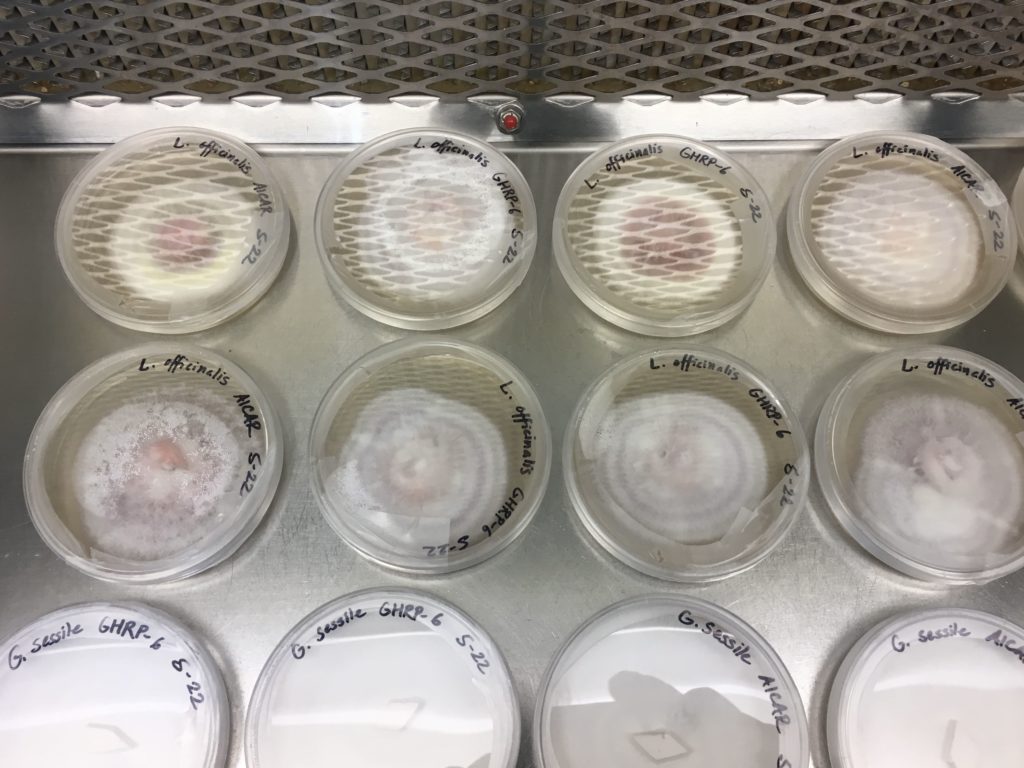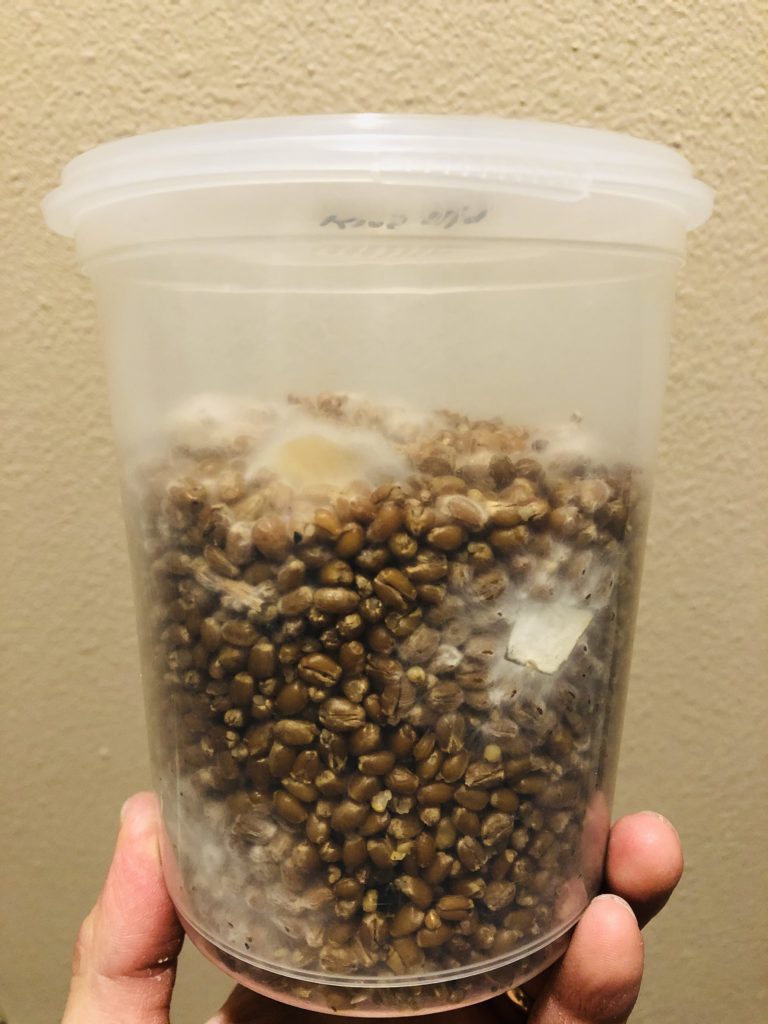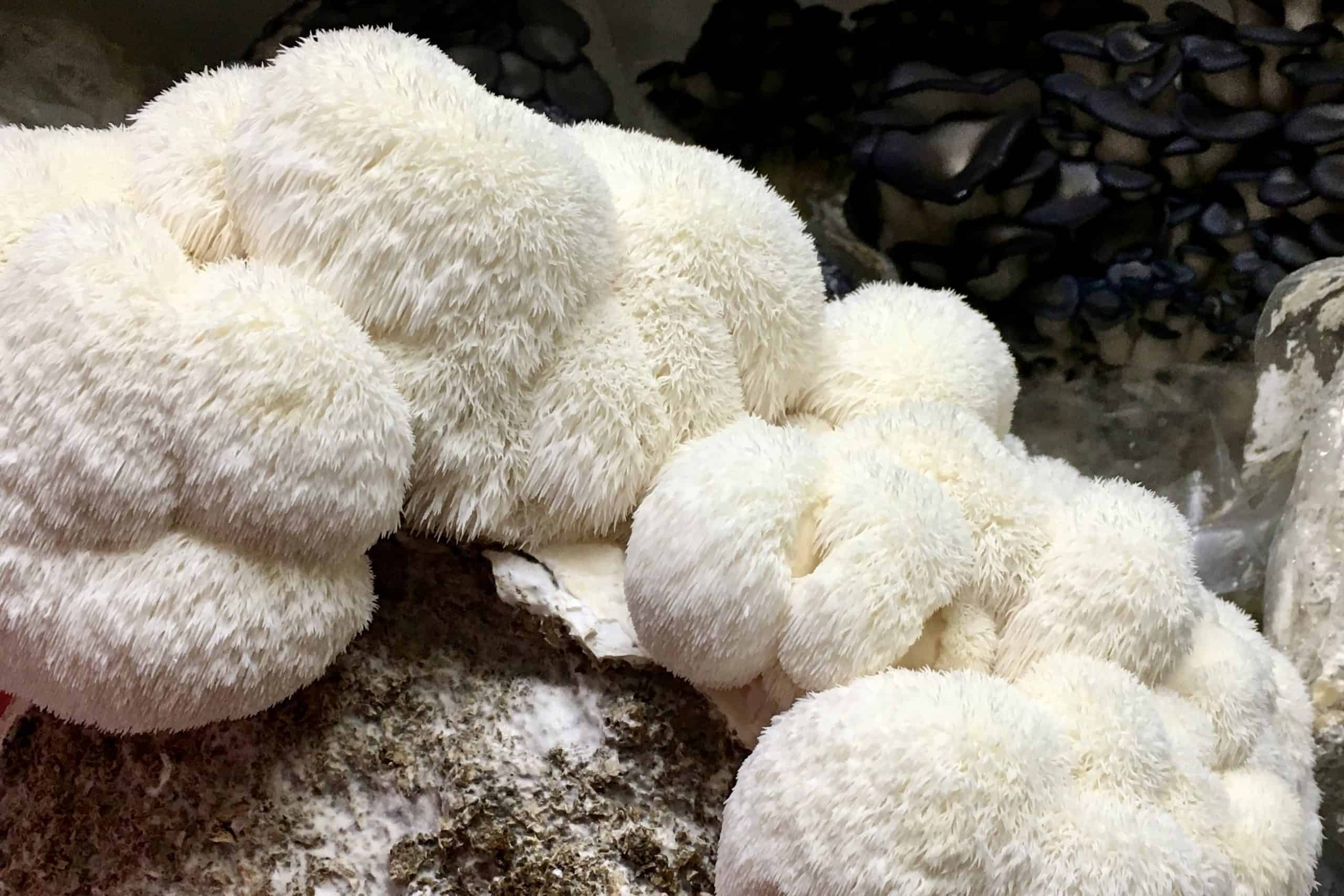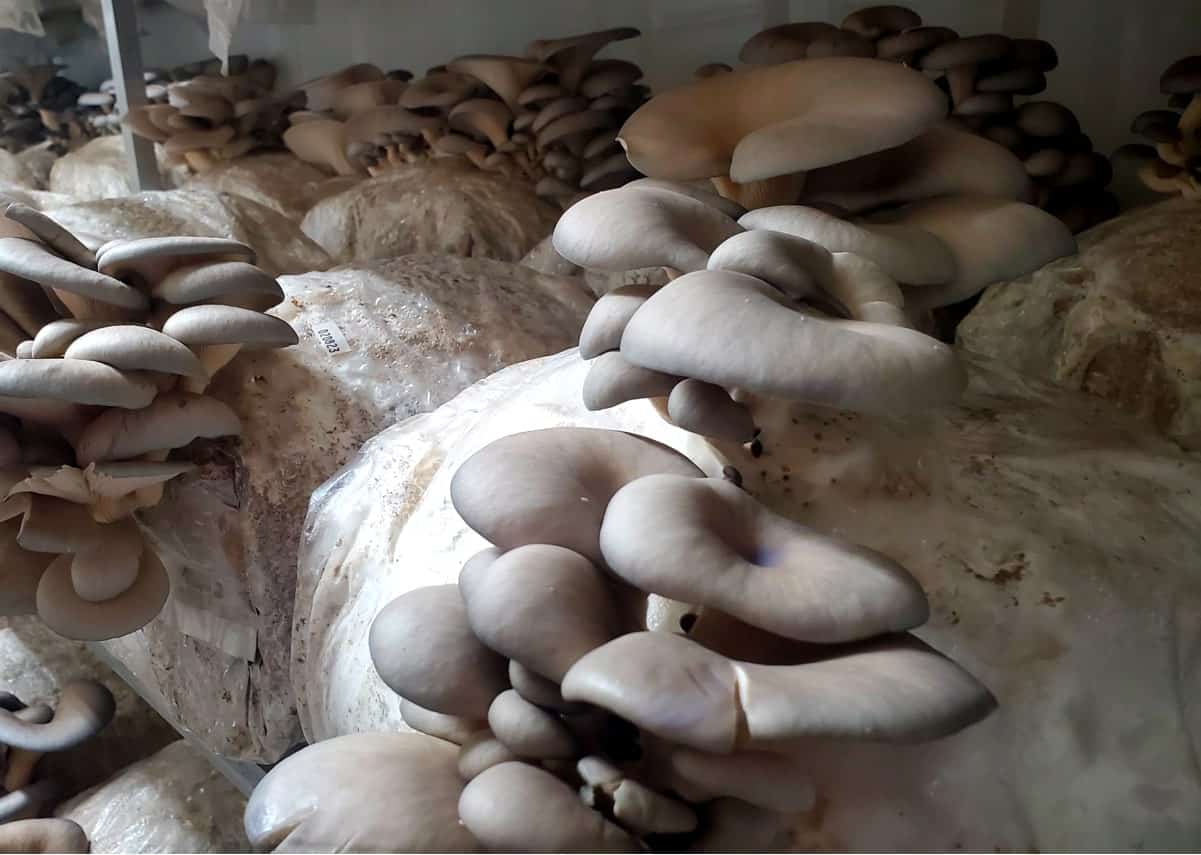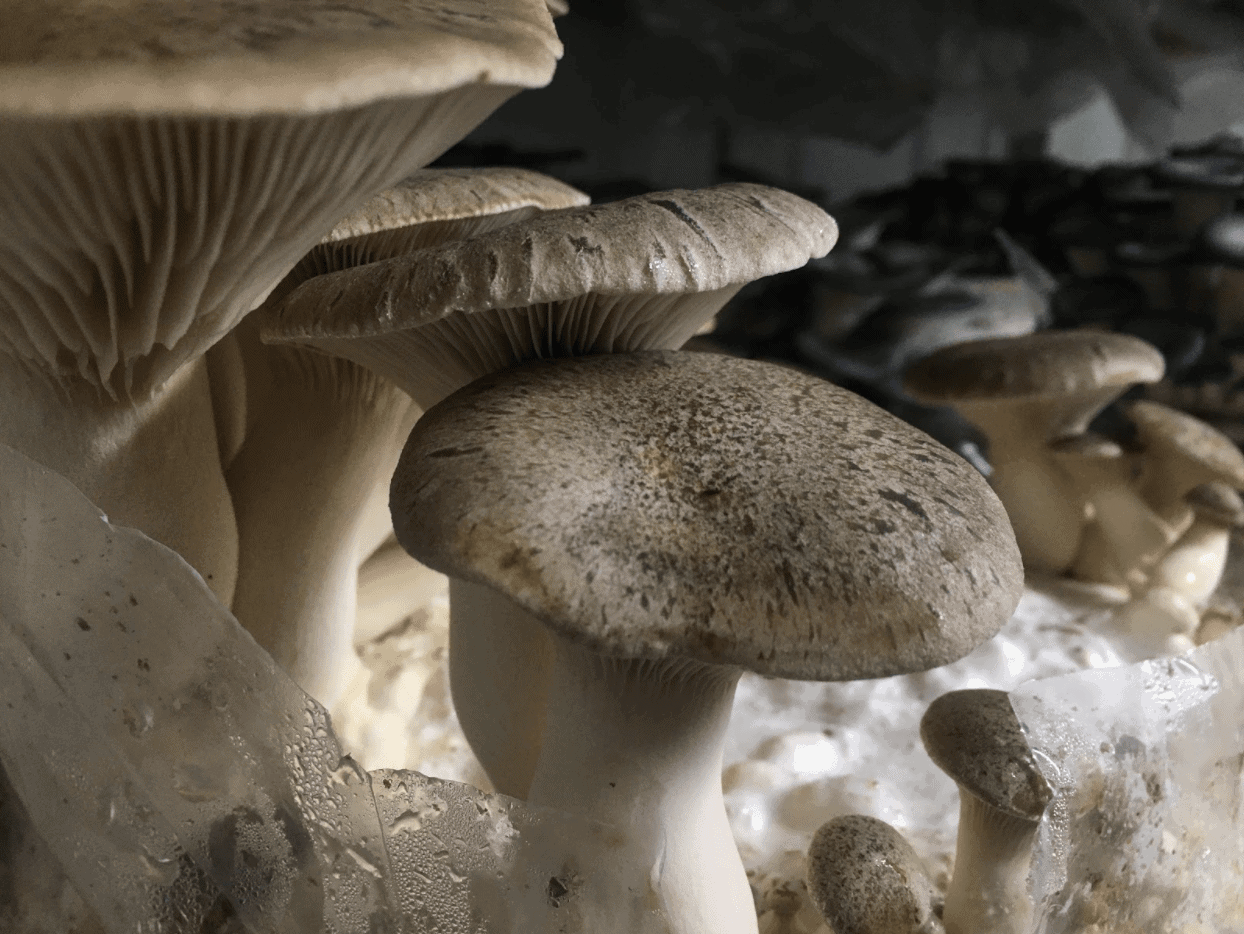There’s renewed enthusiasm for mushrooms, with people exploring beyond the doldrums of commodity mushrooms such as white buttons.
Gourmet mushrooms are not just a culinary delight but a powerhouse of nutrition. They are packed with essential vitamins and minerals that contribute to overall health. Mushrooms are a great source of B vitamins such as riboflavin, niacin, and pantothenic acid, which are vital for energy production and maintaining healthy brain function. Additionally, they contain vitamin D, which is crucial for bone health and immune system support, particularly when they are exposed to sunlight or UV light during growth.
Beyond vitamins, gourmet mushrooms are rich in antioxidants like selenium and ergothioneine. These antioxidants help protect your cells from damage caused by free radicals, which can reduce the risk of chronic diseases like cancer and heart disease. The anti-inflammatory properties of these antioxidants also contribute to overall wellness, potentially reducing inflammation-related conditions such as arthritis.
Mushrooms are an excellent source of dietary fiber, which aids in digestion and helps maintain a healthy gut microbiome. The fiber found in mushrooms, such as beta-glucans, has been shown to enhance immune function and may help lower cholesterol levels. This can contribute to better cardiovascular health and help manage weight by promoting a feeling of fullness and reducing overall calorie intake.
Also, gourmet mushrooms have unique compounds that offer specific health benefits. For example, shiitake mushrooms contain lentinan, a type of beta-glucan known to boost the immune system and potentially fight cancer cells. Reishi mushrooms are famous for their adaptogenic properties, helping the body resist stress and improve overall well-being. Incorporating a variety of gourmet mushrooms into your diet can therefore provide a diverse range of health benefits, making them a valuable addition to any nutritious diet.
Keywords: mushroom container farm, mushroom farming, conex mushroom growing, growing mushrooms in a container, growing gourmet mushrooms, gourmet mushroom health benefits, healthy eating, mushroom cultivation

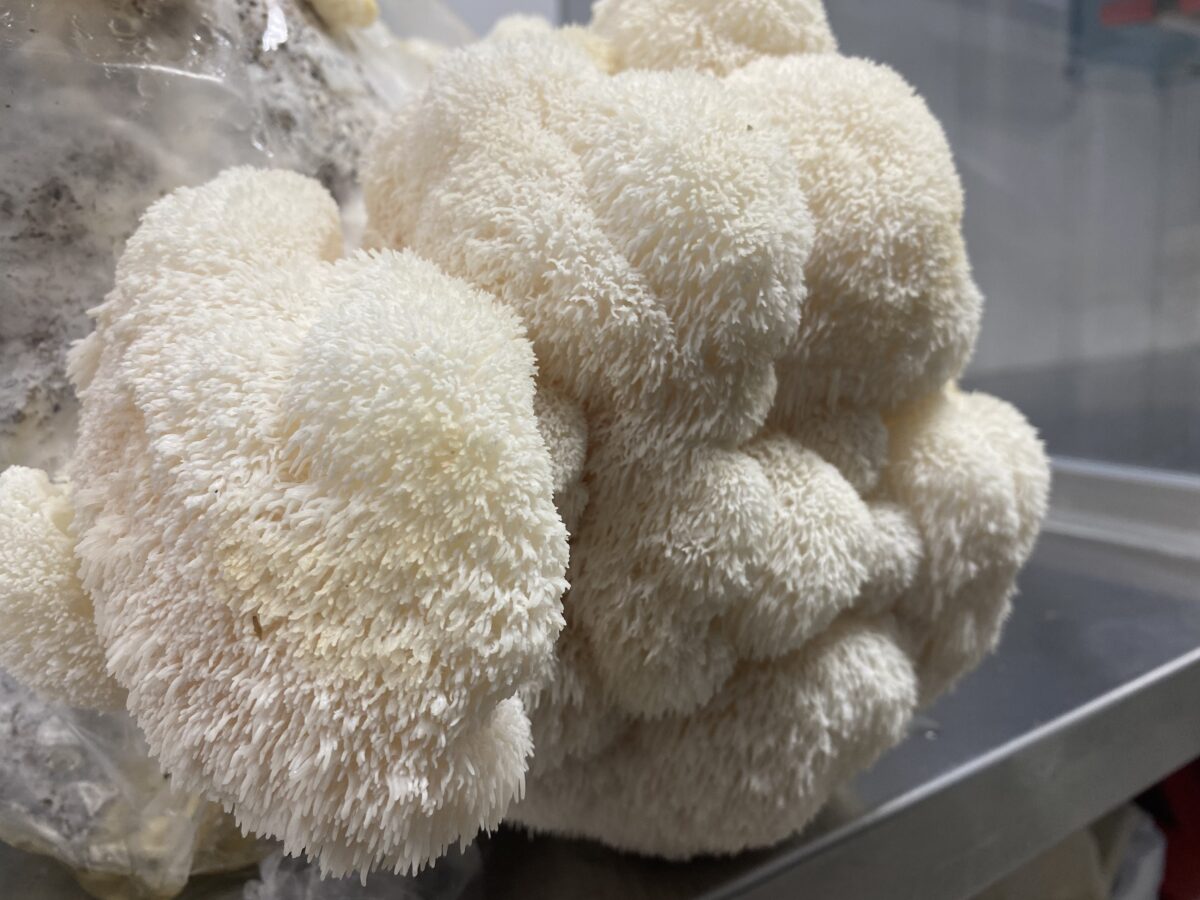
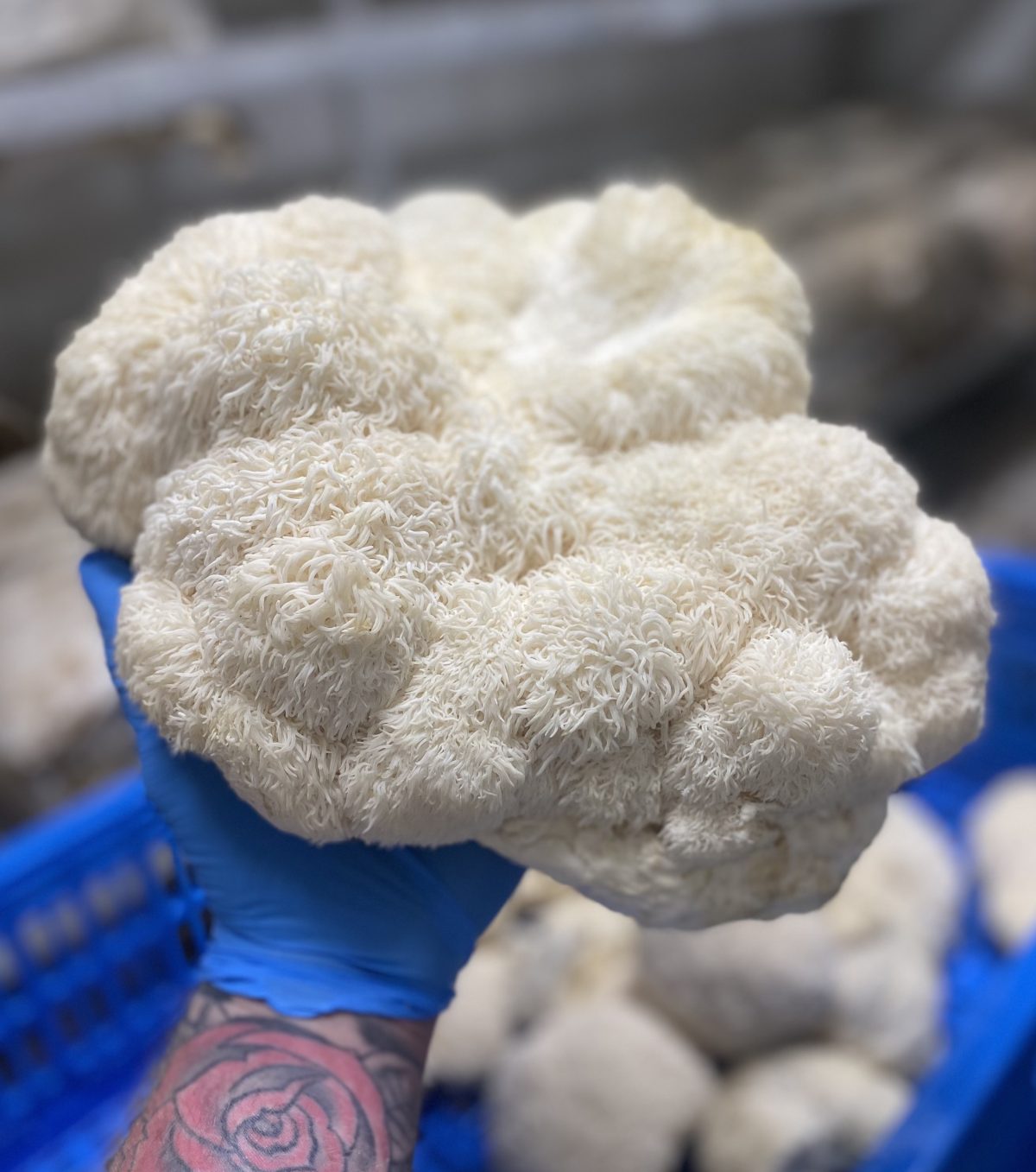
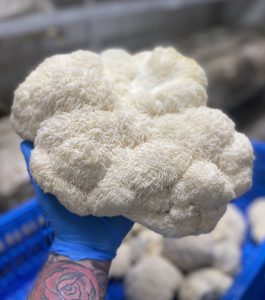
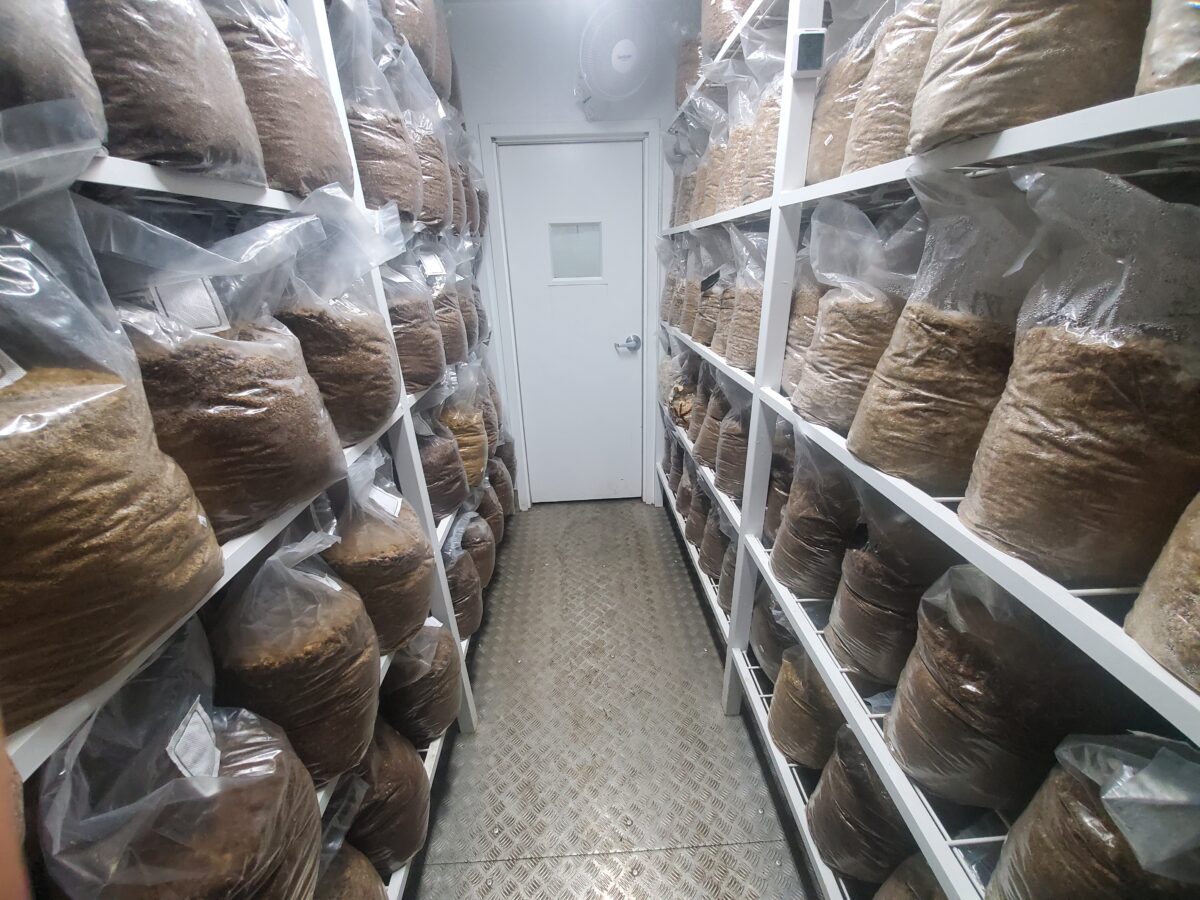
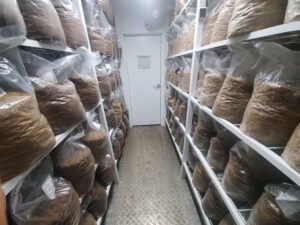
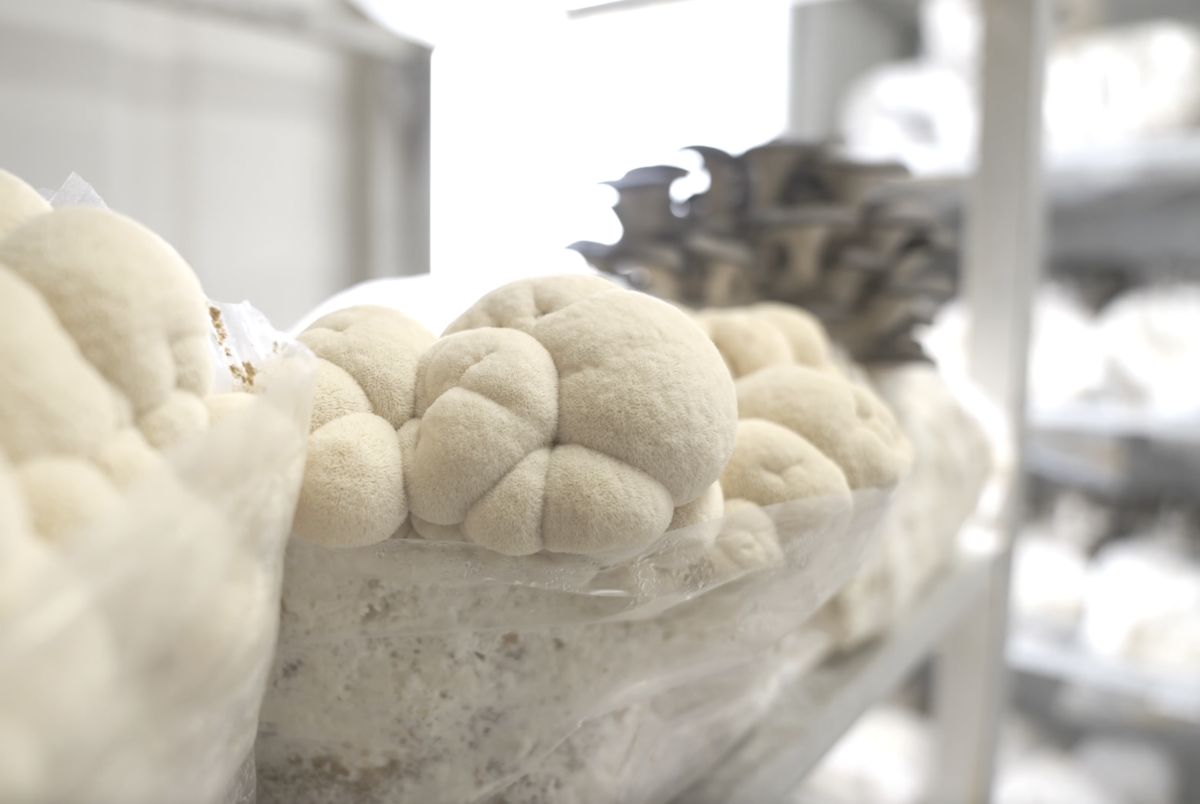

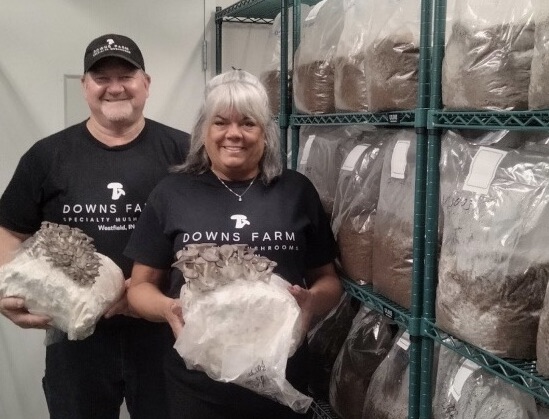
 couple is celebrating the launch of a new business centered around specialty mushrooms that are sustainably grown in a controlled-climate farm.
couple is celebrating the launch of a new business centered around specialty mushrooms that are sustainably grown in a controlled-climate farm.
